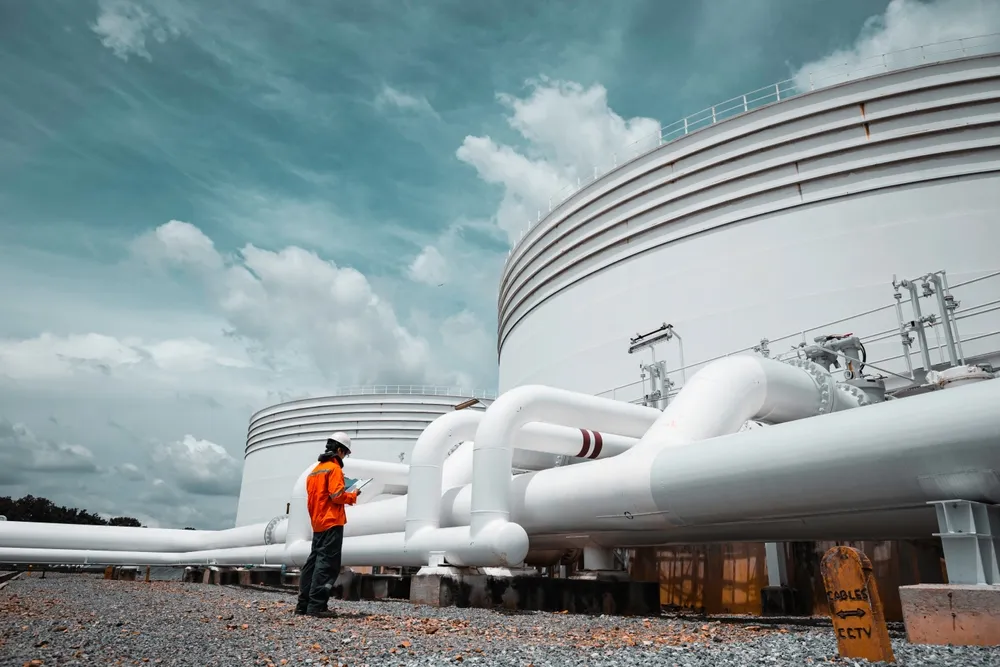Hands-On Centrifugal Pump and Valve Technology Course
Introduction:
This Hands-On Centrifugal Pump and Valve Technology course offers a thorough exploration of centrifugal pumps and their control valves, designed for industry professionals seeking to deepen their understanding. The course covers the operation and characteristics of both centrifugal and positive-displacement pumps, including components such as packing, mechanical seals, sealing systems, bearings, and couplings. Additionally, it addresses various types of valves—both isolation and control—and their optimal applications and benefits. Core concepts will focus on centrifugal pump control, operational procedures, troubleshooting, and maintenance practices.
Objectives:
By the end of this course, participants will be able to:
- Identify various types of pumps and their terminologies, including centrifugal and process pumps.
- Understand centrifugal and positive-displacement pumps, including packing, mechanical seals, sealing systems, bearings, and couplings.
- Evaluate factors affecting valve performance, with a focus on centrifugal pump control valves and suction valves.
- Select appropriate valves for different applications and perform accurate sizing calculations.
- Conduct valve-related repairs and develop maintenance procedures for various valve types.
Training Methodology:
- Interactive reviews
- Simulation-based learning
- Project-based learning
- Real equipment use
- Facilitated dialogues
- Troubleshooting games
- Q&A sessions
Course Outline:
Unit 1: Pumping Systems
- General introduction
- Pump classifications and terminology
- Performance of centrifugal and positive displacement pumps
- Types of heads: Friction head, pressure head, static head, velocity head
- Water friction loss in valves, pipes, and fittings
- Estimating head loss in the system due to piping
- Cavitation in centrifugal pumps and valves
- Net Positive Suction Head required (NPSHr)
- Gas cavitation and vapor cavitation
- Flash and cavitation
Unit 2: Pump Types
- Rotary positive displacement pumps
- Reciprocating supplies
- Crank and suction pump valves
- Operation and components of rotary pumps
- Failure mechanisms, detection, and monitoring
Unit 3: Centrifugal Pumps
- Theoretical principles of centrifugal pumps
- Components of a pump
- Compatibility with drivers
- Performance evaluation
- Mechanisms of failure
- Detection and transmission
Unit 4: Reliability of Pump Operation
- Sealing systems
- Standard packing glands, mechanical seals, and flushing plans
- Failure mechanisms for effective seals
- Maintenance and repair practices for mechanical seals
- Bearings: Failure modes and extending lubrication life
- Plain bearings and anti-friction bearings
- Coupling systems, alignment, and balancing
- Bed plates and foundations
Unit 5: Valve Technology
- Types of valves: Globe, gate, ball, plug, check
- Flow characteristics of valves
- Valve technology: Linear, quick opening, and equal percentage
Unit 6: Valve Sizing
- Calculation of Cv value
- Determination of valve size using valve coefficient
- Factors for correct valve sizing
Unit 7: Sealing Performance
- Classifications of leakage
- Sealing mechanisms
- Seals, valves, and stems
Unit 8: Valves Troubleshooting and Maintenance
- Acute pressure drop
- Characteristics of pressure recovery
- Flow choking
- High velocities
- Hydraulic shock
- Water hammer creation and prevention
- Troubleshooting control and isolation valves
- Common faults and preventive maintenance plans


















